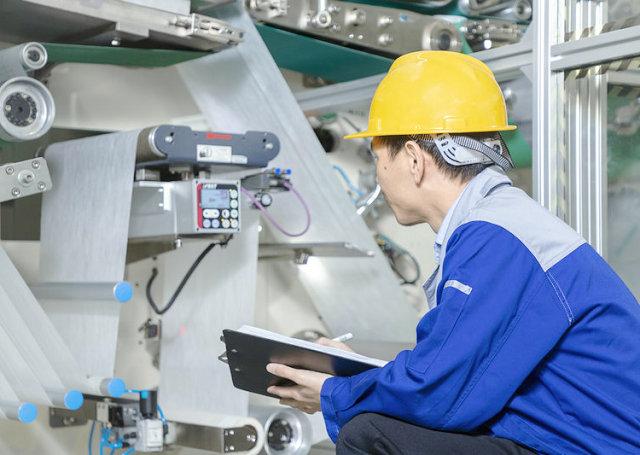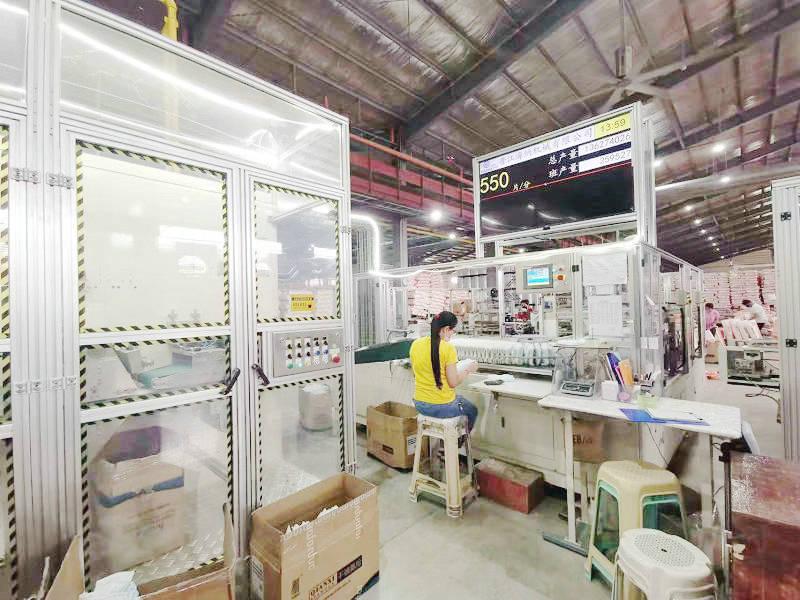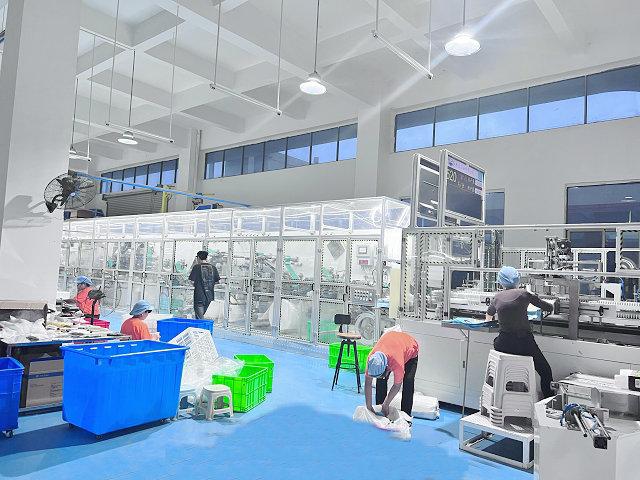Author:Haina Machinery Factory FROM:Diaper Machinery Manufacturer TIME:2023-08-25
Introduction:
The baby diaper manufacturing industry plays a crucial role in meeting the hygiene needs of infants worldwide. To ensure the efficient production of high-quality diapers, regular maintenance and care of the manufacturing machines are of utmost importance. This article aims to provide guidelines for maintaining and caring for baby diaper manufacturing machines, ensuring their longevity and optimal performance.

Regular cleaning and lubrication are essential for preventing dirt accumulation, reducing wear and tear, and ensuring smooth functioning of the baby diaper manufacturing machine. Firstly, it is important to clean the machine thoroughly after each production cycle to remove any diaper residues or debris. This can be done by using a soft cloth or brush along with a mild detergent solution. Furthermore, lubricating the moving parts of the machine regularly with recommended lubricants helps reduce friction, prevent rusting, and extend the lifespan of the components.

Periodic inspection and timely replacement of worn-out or damaged parts are crucial for maintaining the efficiency and safety of the baby diaper manufacturing machine. The machine operator should conduct visual inspections before each production run to identify any abnormalities such as loose screws, damaged belts, or malfunctioning sensors. Any faulty or worn-out components should be promptly replaced with genuine spare parts recommended by the machine manufacturer. Additionally, keeping an inventory of critical spare parts minimizes downtime during unexpected breakdowns.

Calibration and alignment play a vital role in ensuring the accuracy and precision of the baby diaper manufacturing machine. Regular calibration of temperature, pressure, and tension sensors is necessary to maintain consistent product quality. This can be achieved by using calibrated measuring devices and following the guidelines provided by the machine manufacturer. Similarly, aligning the machine's components, such as rollers and cutting blades, is essential to prevent uneven diapers or product defects. Proper alignment not only improves product quality but also reduces material wastage and production costs.
Conclusion:
To maintain the efficiency and longevity of baby diaper manufacturing machines, routine cleaning, lubrication, inspection, part replacement, calibration, and alignment are essential. Following these maintenance and care guidelines not only ensures optimal performance but also helps prevent unexpected breakdowns and reduces downtime. By implementing a comprehensive maintenance plan, manufacturers can continue to produce high-quality diapers, meeting the hygiene needs of babies and contributing to the well-being of families worldwide.
